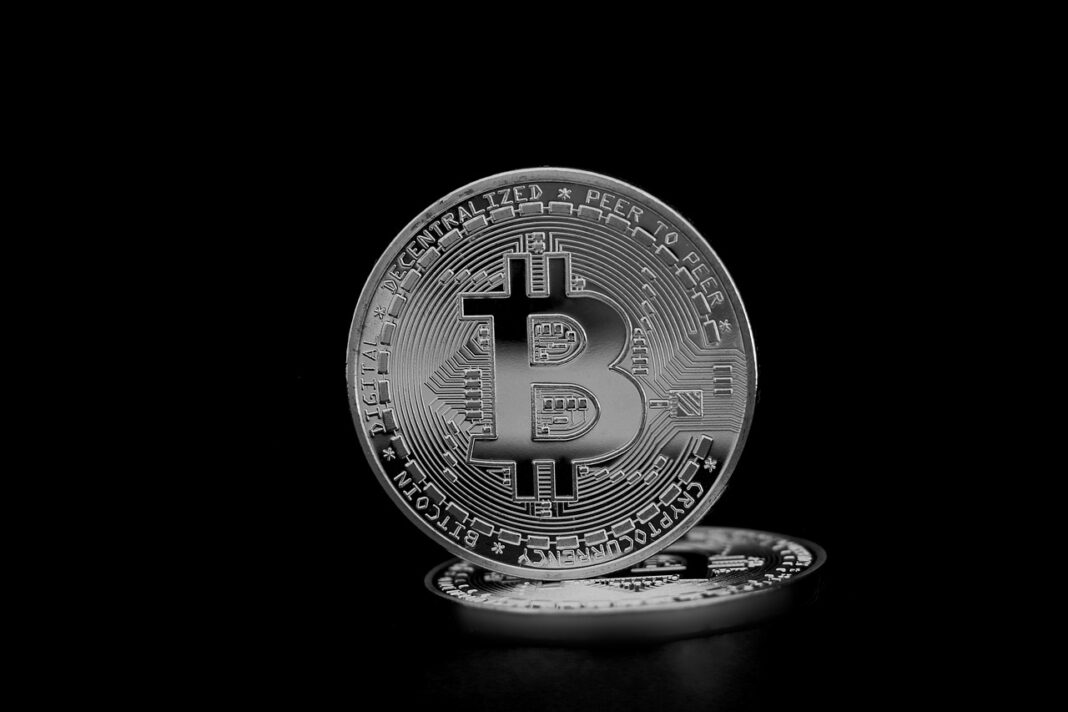Imagine solving a complex puzzle – a puzzle so intricate that the first one to crack it earns a reward. That, in essence, is the concept behind mining rewards in the world of cryptocurrency. But instead of a jigsaw, the puzzle is a computationally intensive mathematical problem, and the reward is newly minted coins or tokens. This blog post will delve into the specifics of mining rewards, exploring their purpose, function, and the critical role they play in maintaining decentralized networks.
Understanding Cryptocurrency Mining
What is Cryptocurrency Mining?
Cryptocurrency mining is the process by which new transactions are verified and added to a blockchain. Miners use powerful computers to solve complex cryptographic problems. This process requires significant computational power and electricity. In return for contributing their resources and validating transactions, miners are rewarded with newly created cryptocurrency. This incentive structure is what keeps the blockchain secure and operational.
The Role of Miners in a Blockchain Network
Miners are the backbone of most proof-of-work (PoW) blockchain networks. They:
- Verify Transactions: Miners ensure that transactions are valid and prevent double-spending (where the same cryptocurrency is used more than once).
- Create New Blocks: Once a group of transactions is verified, miners create a new block that is added to the blockchain.
- Secure the Network: By expending significant computing power, miners make it extremely difficult and costly for malicious actors to tamper with the blockchain.
- Distribute New Coins: Mining rewards serve as the mechanism for distributing new coins into circulation, maintaining the economy of the cryptocurrency.
How Mining Rewards Work
The Process of Earning Mining Rewards
The process of earning mining rewards is a competitive one. Miners race against each other to solve the cryptographic problem first. This involves:
The miner who first finds a valid solution and has their block accepted by the network receives the mining reward.
What are Transaction Fees?
Besides the newly minted coins, mining rewards also often include transaction fees. Users who send transactions on the blockchain pay these fees. Transaction fees incentivize miners to include their transactions in a block, particularly when the mining reward is reduced or becomes less lucrative over time. For example, on the Bitcoin network, a portion of a miner’s revenue comes from transaction fees. When Bitcoin was first created the block reward was 50 BTC, now it’s 6.25 BTC, therefore transaction fees become an increasingly important part of the revenue generated by mining.
Difficulty Adjustment
The difficulty of the cryptographic problem is automatically adjusted to maintain a consistent block creation rate. For example, in Bitcoin, the difficulty is adjusted approximately every two weeks (every 2016 blocks) to keep the average block creation time at around 10 minutes. If more miners join the network, the difficulty increases, making it harder to solve the puzzle and vice versa.
Different Types of Mining Rewards
Block Rewards
Block rewards are the primary incentive for miners. They consist of newly minted coins or tokens that are awarded to the miner who successfully creates a new block. The size of the block reward is typically predetermined by the cryptocurrency’s protocol and may decrease over time through a process known as “halving.”
- Bitcoin’s Halving: Bitcoin’s block reward is halved approximately every four years. Initially, it was 50 BTC, then 25 BTC, then 12.5 BTC, and currently stands at 6.25 BTC. This mechanism is designed to control the supply of Bitcoin and prevent inflation.
- Litecoin’s Halving: Litecoin also implements a halving mechanism, but its halving occurs approximately every 840,000 blocks (roughly every four years), reducing the block reward.
Transaction Fees
As mentioned previously, transaction fees are additional rewards miners receive for including transactions in a block. Users voluntarily pay these fees to incentivize miners to prioritize their transactions, especially during times of network congestion.
Staking Rewards (Proof-of-Stake)
While technically not “mining,” Proof-of-Stake (PoS) systems offer similar rewards, often called “staking rewards.” In PoS, users “stake” their cryptocurrency to validate transactions and create new blocks. The rewards are proportional to the amount of cryptocurrency staked and the length of time it’s staked. Ethereum’s move to PoS is a prime example. ETH holders can stake their ETH to validate transactions and receive rewards.
The Impact of Mining Rewards on Cryptocurrency Ecosystems
Security and Decentralization
Mining rewards play a crucial role in ensuring the security and decentralization of cryptocurrency networks. By incentivizing miners to participate in the validation process, they make it incredibly difficult and expensive for a single entity to control the network. The higher the mining reward, the more miners are incentivized to participate, leading to a more robust and secure network.
Economic Incentives and Tokenomics
Mining rewards are a key component of a cryptocurrency’s tokenomics, the economic model that governs the creation, distribution, and use of the cryptocurrency. The size of the mining reward, the halving schedule, and the transaction fee structure all influence the supply and demand of the cryptocurrency, impacting its value and adoption.
Environmental Concerns and Sustainability
Proof-of-Work (PoW) mining, which is the methodology most commonly associated with mining rewards, has faced criticism due to its high energy consumption. The computational power required to solve cryptographic problems can lead to significant electricity usage, raising environmental concerns.
- Renewable Energy Solutions: Some mining operations are increasingly turning to renewable energy sources, such as solar, wind, and hydroelectric power, to reduce their carbon footprint.
- Alternative Consensus Mechanisms: The development of alternative consensus mechanisms, such as Proof-of-Stake (PoS), aims to address the environmental concerns associated with PoW mining by reducing the energy consumption required to secure the network.
Conclusion
Mining rewards are the engine that drives many cryptocurrency networks, providing the necessary incentives for miners to secure the blockchain, validate transactions, and distribute new coins. Understanding how mining rewards work is crucial for comprehending the underlying economics and security of cryptocurrencies. While challenges related to energy consumption remain, ongoing innovations and the exploration of alternative consensus mechanisms promise a more sustainable future for cryptocurrency mining and the broader blockchain ecosystem.




